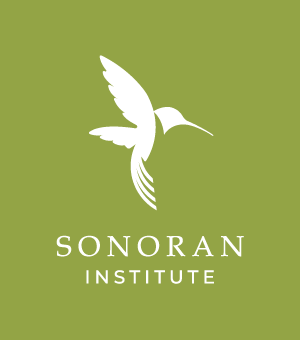The comprehensive report on the management of state trust lands is an updated version of the original 2006 publication, State Trust Lands in the West: Fiduciary Duty in a Changing Landscape, reflecting the current status of initiatives profiled in the case studies to better help trust land managers identify successful land management actions. Additionally, co-author Alison Berry used statistics from fiscal year 2013 to bring the graphics, charts, and appendices up to date.
State Trust Lands in the West: Fiduciary Duty in a Changing Landscape (Updated) is the product of Western Lands and Communities, a joint program of the Lincoln Institute of Land Policy and the Sonoran Institute. Alison Berry will unveil the report during a presentation at the WSLCA summer conference, in Moab, UT July 19-23, 2015. The presentation highlights the body of work on state trust lands that Western Lands and Communities, a WSLCA affiliate member, has produced over the program’s lifetime.
At each state’s inception, Congress granted lands to each state for the purpose of supporting public institutions, primarily K-12 public schools. Eighty-five percent of the remaining 46 million acres of these state trust lands held in trust for these beneficiaries are concentrated in the West.
Just like the original, State Trust Lands in the West (Updated), available in print and by free download, introduces readers to the concept of state trust lands, explores the history and current status of trust lands in the West, and offers examples of initiatives to help land managers and other interested parties fulfill their multiple trust responsibilities while producing larger, more reliable revenues for trust beneficiaries, accommodating public interests and concerns, and enhancing the overall decision-making environment for trust management.
State trust lands are an often misunderstood category of land ownership in the U.S. According to Stephanie Sklar, CEO of the Sonoran Institute, “This popular report was updated and reprinted so it can continue to serve as an introductory primer on the issue; one that clearly illustrates the varying degrees of flexibility the states have in managing their trusts, all while meeting their fiduciary responsibility to the beneficiaries.” She adds that Sonoran Institute makes a practice of sending this report annually to all new trust land managers, “The history and core content of the report have not changed significantly, but providing updated data makes the report more timely and useful.”
State Trust Lands in the West and a companion website, www.statetrustlands.org, show how the states compare to one another: how much land each state holds in trust; the type of revenue generating activities conducted on trust lands; who the beneficiaries are; and the annual revenue generated and distributed to the beneficiaries. Across the West, communities are changing rapidly as a result of both population growth and an ongoing nationwide shift toward a more diversified, knowledge-based economy. This report presents strategies and approaches state trust land managers have taken in response to the changes:
- Establish comprehensive asset management frameworks that balance short-term revenue generation with long-term value maintenance and enhancement
- Incorporate collaborative planning approaches with external stakeholders to achieve better trust land management
- Encourage real estate development activities that employ sustainable land disposition tools and large-scale planning processes, especially in fast-growing areas
- Support conservation projects that enhance revenue potential, offer ecosystem services, and allow multiple uses of trust lands
- Introduce comprehensive reforms to expand the flexibility and accountability of trust land management systems
State Trust Lands in the West (Updated) gives longer life to an important report that helps state trust land management agencies serve as custodians of a perpetual, intergenerational trust.
In addition, earlier this year the Lincoln Institute published a related report, Conserving State Trust Lands, by Susan Culp and Joe Marlow, examining strategies to conserve state trust lands with ecological and environmental value, while maintaining the trust obligation to earn revenue for K–12 schools and other beneficiaries.
The Sonoran Institute is a nonprofit organization that inspires and enables community decisions and public policies that respect the land and people of western North America. Join us throughout 2015 in celebrating a landmark 25 Years Strong, Shaping the Future of the West. For more information, visit www.sonoraninstitute.org.
The Lincoln Institute of Land Policy is the leading resource for key issues concerning the use, regulation, and taxation of land. Providing high quality education and research, the Lincoln Institute strives to improve public dialogue and decisions about land policy. For more information, visit www.lincolninst.edu.
###
